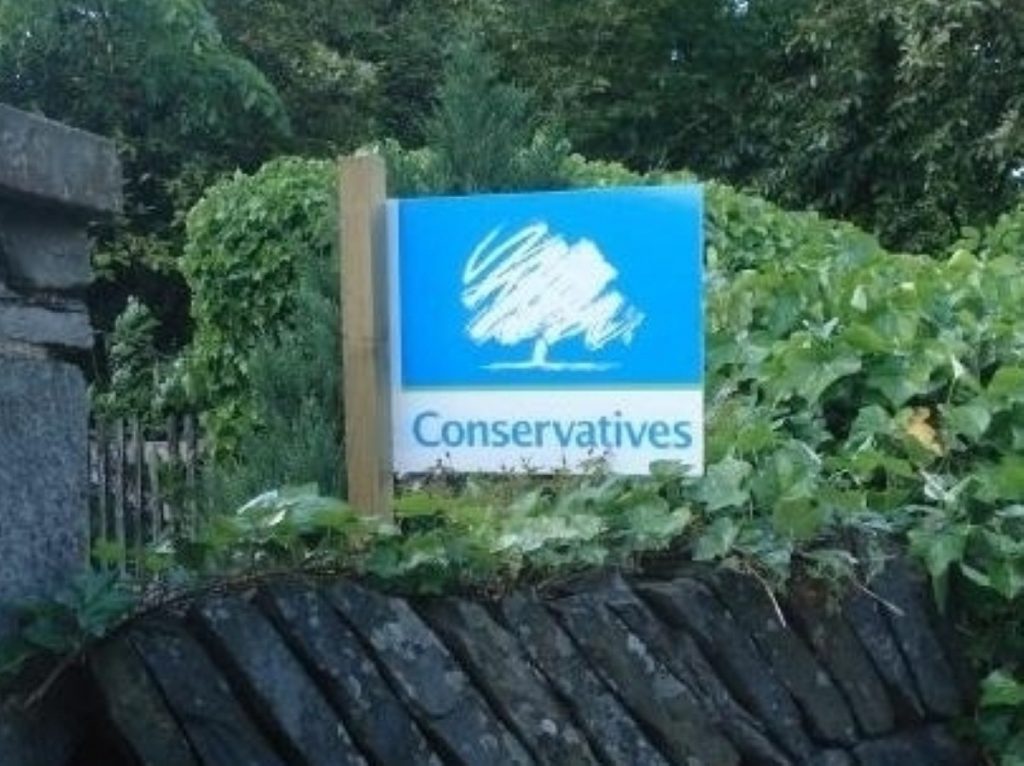Boundary changes: Waitrose catchment areas and other preposterous ideas
As the boundary changes battle rages across England, it looks like the Conservatives could be emerging on top.
By Alex Stevenson Follow @alex__stevenson
Away from Westminster, quiet political battles have been taking place in dusty town hall rooms up and down the country. Hearings around England this autumn have seen Labour, the Conservatives and the Liberal Democrats engaged in the kind of nationwide turmoil you normally only see at general elections.
Their struggle over the Boundary Commission for England's redrawn electoral map will play a critical role in determining the size of the next government's majority – or whether any party will get a majority at all.


All political parties have come up with a regional strategy which they think will maximise their chances of getting the most seats come May 2015.
In theory this process is very straightforward. The party strategists from HQ in London outline the regional plan, which is absorbed by all those present. The local party members then get as many people as possible to make their submissions to the boundary commissioners' hearings.
In practice this process is fraught with difficulty. MPs are fed up with the game of musical chairs they're being forced to play. New MPs don't want to give up their seats; old ones are refusing to budge. Bitter games of betrayal and calculation are being played out behind the scenes. I'm trying to establish the extent to which this is the case, and the parts of the country which are being disputed particularly fiercely. In some areas small groups of MPs are even considering defying their parties. They may attempt to vote the measures down when they are put before parliament.
In the meantime, the battle over the final layout of England's new electoral map is raging across the country.
The commissioners are aware that the political parties are engaged in this partisan struggle, as I've written about before for Total Politics magazine.
They do so behind a shallow veneer of arguments about local ties and community links to justify this or that improbable constituency boundary – whatever it takes to get this loyal ward in, or that hostile one out of whichever critical marginal is being fought over.
Some of the arguments being advanced sound a little preposterous. Geology has been used in Cumbria. Waitrose catchment areas have been advanced as relevant elsewhere. In Birmingham, the No 11 bus route has been mentioned more than once. Are these really important factors in deciding where the borders between different constituencies should be?
Demonstrating the existence of a community can involve historical references. I was asked by one insider how far these historical ties went back. The early 19th century, I suggested? I got laughed at, for this guess was rather wayward. The Domesday Book is mentioned all the time. Slapped head: I should have guessed! But the earliest reference deployed went even further back into the murky past. In Salford a human settlement in 9,000 BC was deemed relevant by one especially impassioned contributor to the debate.
Even this was not the oldest, as agape strategists discovered in Birmingham's hearings when one party mentioned flint-age weapon manufacturers there at some indeterminate time between 8,000 BC and 10,000 BC. It means it's actually a matter of academic dispute as to which is the oldest cited reference to a community.
It's not clear who's emerging on top of these battles. Written submissions are being given as much weight as oral ones made at the hearing sessions. As the former outnumber the latter by as much as ten to one, it's not clear if any party is succeeding in getting its way more than the other. Like the general election, all these individual battles are taking place simultaneously – and we'll find out the results simultaneously, when the boundary commissioners publish their revised proposals next spring.
One thing is clear: the Conservatives have, on the whole, emerged much better from the process than the other parties. All parties are going to lose seats, as the size of the Commons is being cut from 650 to 600. But analysts believe the Tories are set to lose just five seats out of a potential 50. Tory strategists had pessimistically predicted around 17 before the initial proposals were released.
This state of affairs means the Conservatives are broadly on the defensive. They want the commissioners to stick with their initial proposals as much as possible. Not that this prevents them from trying to tweak the boundaries in their favour wherever possible, of course.









